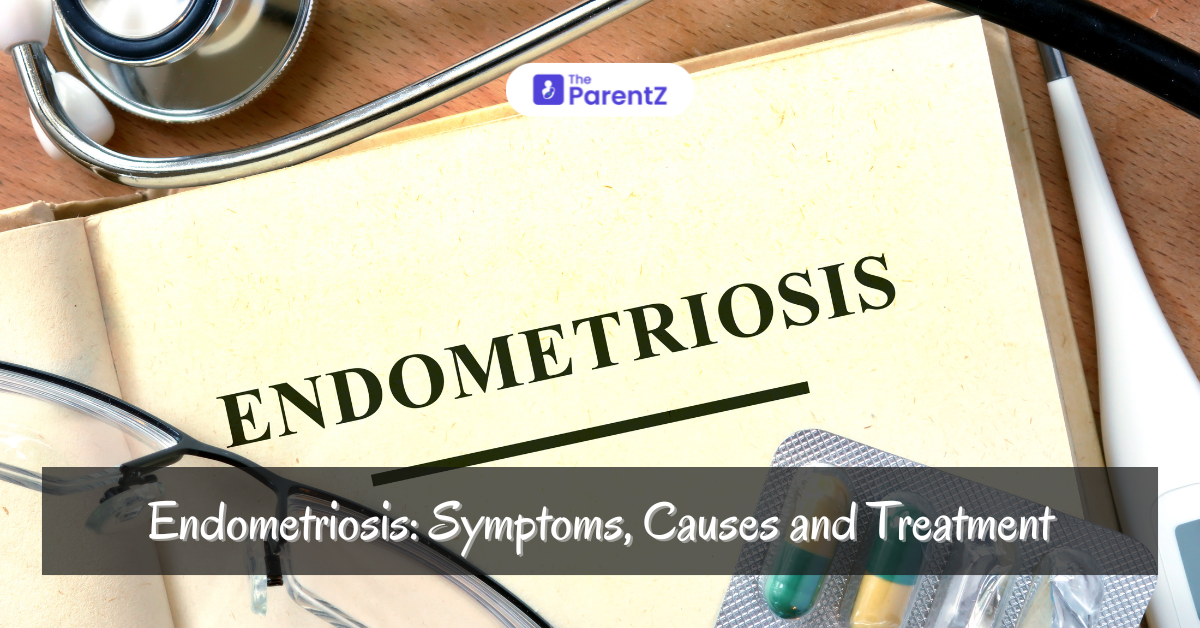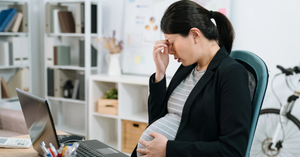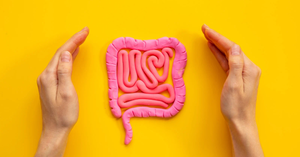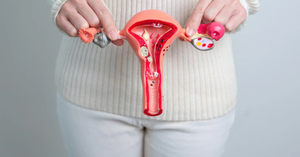Endometriosis is a chronic condition that affects almost 10 percent of women in their reproductive age globally, as per a report released by the World Health Organization. It occurs when endometrium, a tissue similar to the inner uterus lining, grows outside the uterus and causes extreme pain and impacts fertility.
Read this article to understand the symptoms, causes, diagnosis, and treatment of endometriosis in detail.
Symptoms of Endometriosis
While the symptoms of endometriosis can vary, some of the common causes are
- Chronic pelvic pain, particularly during menstruation
- Severe menstrual cramps
- Discomfort or pain during intercourse
- Pain during urination
- Heavy periods or bleeding between periods
- Infertility concerns (nearly 20–40 percent of infertile women experience endometriosis)
- Fatigue
- Diarrhea
- Constipation
- Nausea
Causes of Endometriosis
While the exact cause is yet unknown, several factors are believed to contribute towards its development. Some have been listed below.
- Retrograde Menstruation: It happens when menstrual blood flows back into the pelvic cavity.
- Surgical History: Surgical procedures like C-section or hysterectomy can result in endometrial cells attaching themselves to the incision.
- Embryonic Cells: Hormones such as estrogen can contribute to the transformation of embryonic cells into endometrial-like cell implants, especially during puberty years.
- Immune Disorders: Due to issues in the immune system, the body might not be able to differentiate the endometrial-like cells that grow outside the uterus.
- Family History: Women who have had a family history of endometriosis are at an increased risk of this condition.
Diagnosis
It is difficult to diagnose endometriosis because the symptoms might be common to other conditions. To diagnose, a doctor may consider a pelvic exam and recommend certain imaging tests such as ultrasound, MRI, or CT scans. However, these tests are unable to definitively diagnose the condition. On the other hand, laparoscopy and biopsy are the gold standards for diagnosing endometriosis.
Treatment
There is no cure for endometriosis. However, the healthcare provider may recommend certain medications for pain relief and providing relief from symptoms. If there is severe pain, you may be admitted to NSAIDs such as ibuprofen to reduce pain and inflammation. Hormonal treatments, such as birth control pills, GnRH, and progestins, may also be recommended to reduce or stop menstruation.
In severe cases, where surgical procedures are deemed necessary, your healthcare provider may opt for laparoscopy, a minimally invasive method to remove endometrial tissue. Other procedures include laparotomy and hysterectomy, which are rather more extensive surgical methods.
For women suffering from endometriosis and wish to conceive, procedures like in vitro fertility treatments are considered.
Tips to Manage Endometriosis
Besides medications and surgical procedures, it is also important to opt for some lifestyle changes. Here are a few tips that are effective in managing this condition.
- Healthy Diet: Include anti-inflammatory foods like fruits and vegetables and foods rich in Omega 3 fatty acids. Make sure not to miss out on adequate intake of fiber, lean protein, iron, and non-dairy alternatives. Besides, staying hydrated enough can also help in reducing bloating and constipation issues.
- Heat Therapy: Using heat therapy methods like heating pads or warm baths plays a significant role in relieving pain and cramps.
- Yoga and Exercise: Activities such as yoga, meditation, and other exercises can significantly help in alleviating the symptoms.
Takeaway
Endometriosis is a severe condition that greatly impacts the lives of women all around the world. If you notice any symptoms, such as severe pelvic pain, heavy menstrual bleeding, infertility issues, or gastrointestinal or urination concerns, it is recommended to consult your healthcare provider immediately. This is because early diagnosis can help the worsening of the condition.








Be the first one to comment on this story.